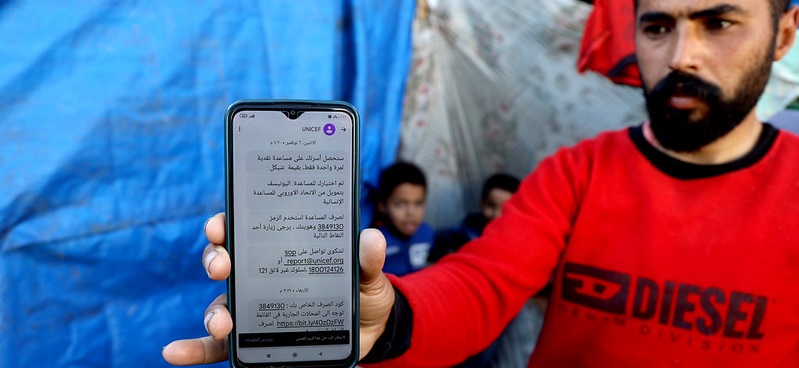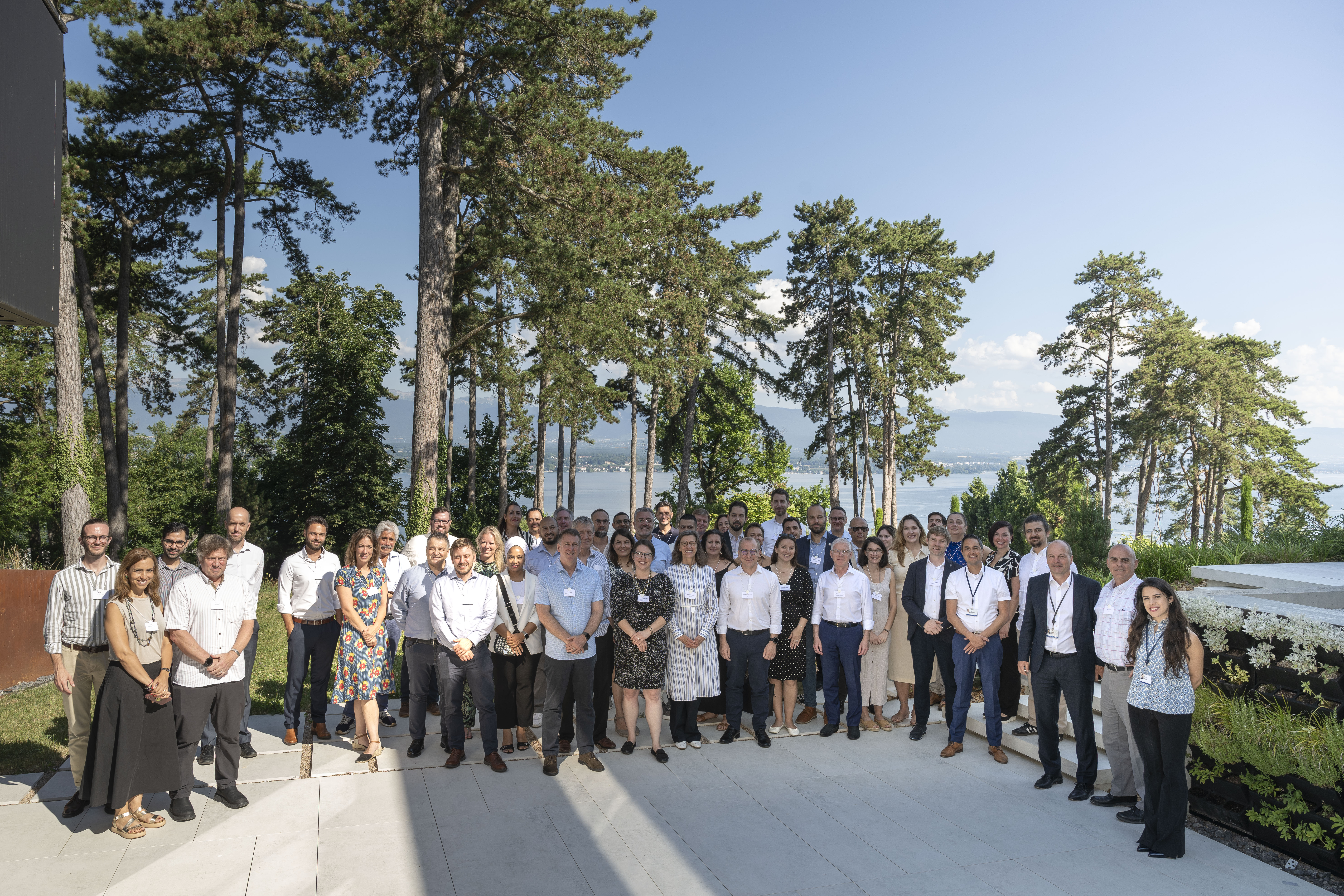
Digital transformation is now a critical priority for the humanitarian supply chain. In a context of increasing crises and diminishing resources, the need for greater efficiency, accountability and effectiveness has never been stronger. With supply chains representing up to 80% of aid spending, digitising this backbone isn’t just a technical upgrade but a fundamental enabler of sector-wide reform, with the potential to reach more people in need with the same resources.
Yet today’s humanitarian digital ecosystem remains fragmented. Too many siloed tools, inconsistent data standards, and limited interoperability prevent the sector from realising the full potential of technology. The result is duplicated effort, reduced visibility, and the exclusion of local partners who often cannot access or afford complex systems.
A coordinated, sector-wide approach is urgently needed. Digital infrastructure should be recognised not as an overhead cost but as a long-term investment, one that drives efficiency, transparency, and informed decision-making. It also strengthens localisation by equipping local actors with accessible tools and data to respond more effectively and equitably.



Under the Humanitarian Leadership Group on Supply Chain (HLGSC), the Digitalisation Workstream, co-chaired by the World Economic Forum (WEF) and the International Rescue Committee (IRC), with support from DG ECHO, has developed a practical roadmap to accelerate this transformation.
Strong leadership is essential to turn commitments into action. The Humanitarian Reset and the UN80 present a timely opportunity to make digitalisation, and supply chain more widely, a strategic priority embedded in policies, resources, and organisational culture. Digitalisation must also align with other core humanitarian priorities such as localisation, preparedness, and environmental sustainability, ensuring a connected and forward-looking approach across the sector.
© HLGSC 2025
